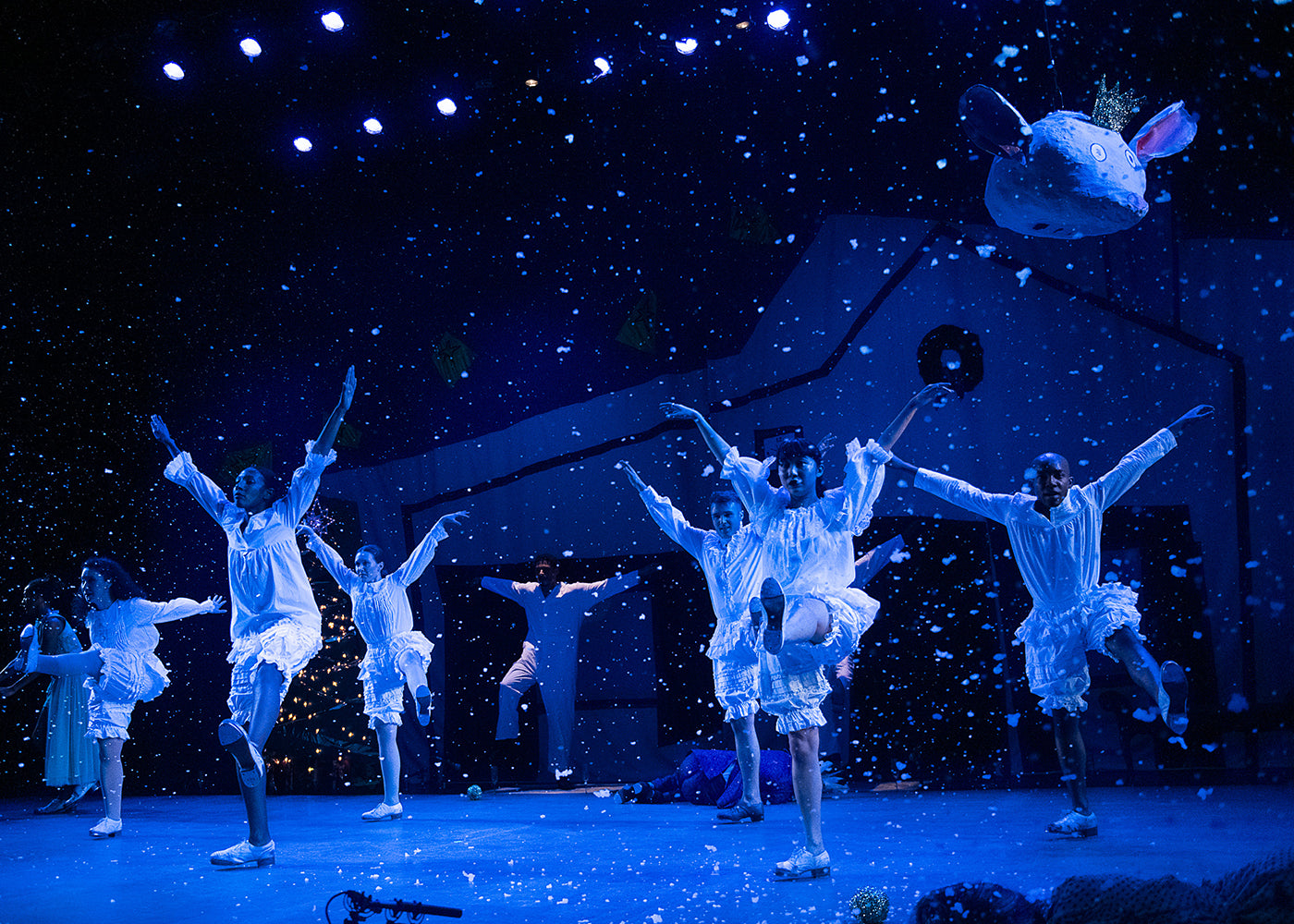An Icy Blast from the Past
An austere wind-chill cuts though the very heart of Christopher Hampson's new adaptation of the classic fairytale, “The Snow Queen.” This new piece, created for Scottish Ballet's 50th anniversary, immediately eschews any notions of cosy familiarity with Hans Christian Andersen's tale, sanding down the twee sentimentality, while adding bold new elements of cunning. In this incarnation, with its tweedy, grey anytown location, populated by the poor and the needy, magic is used to nefarious ends, all the while ultimately retaining romance and sparkle. It starts with playful sibling rivalry, becomes a chase scene in unknown territory, before landing in a heart-warming, traditional...
Continua a leggere













